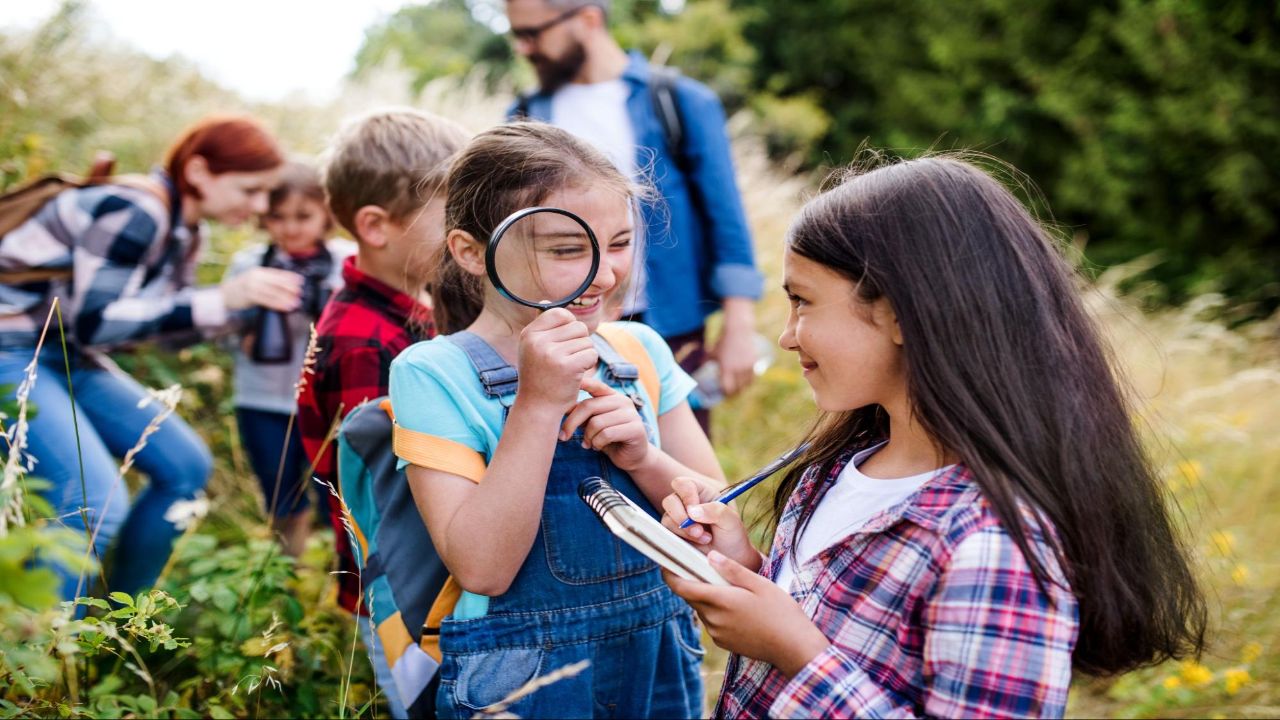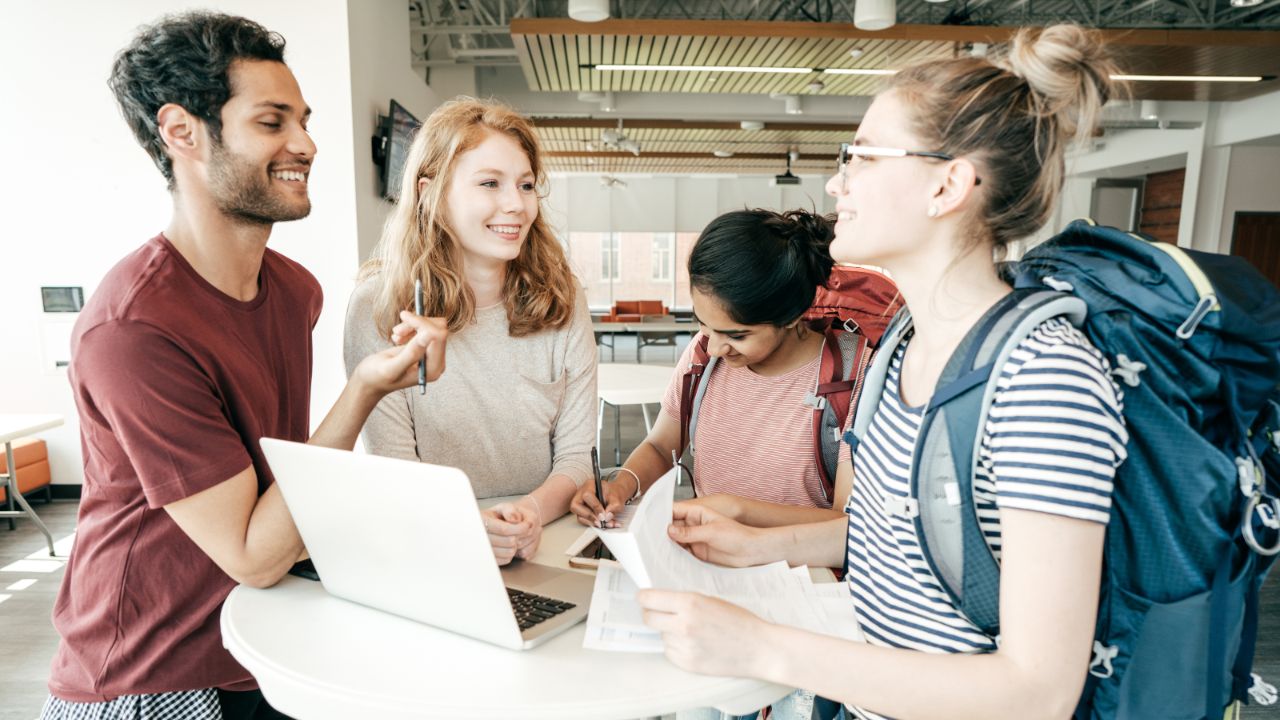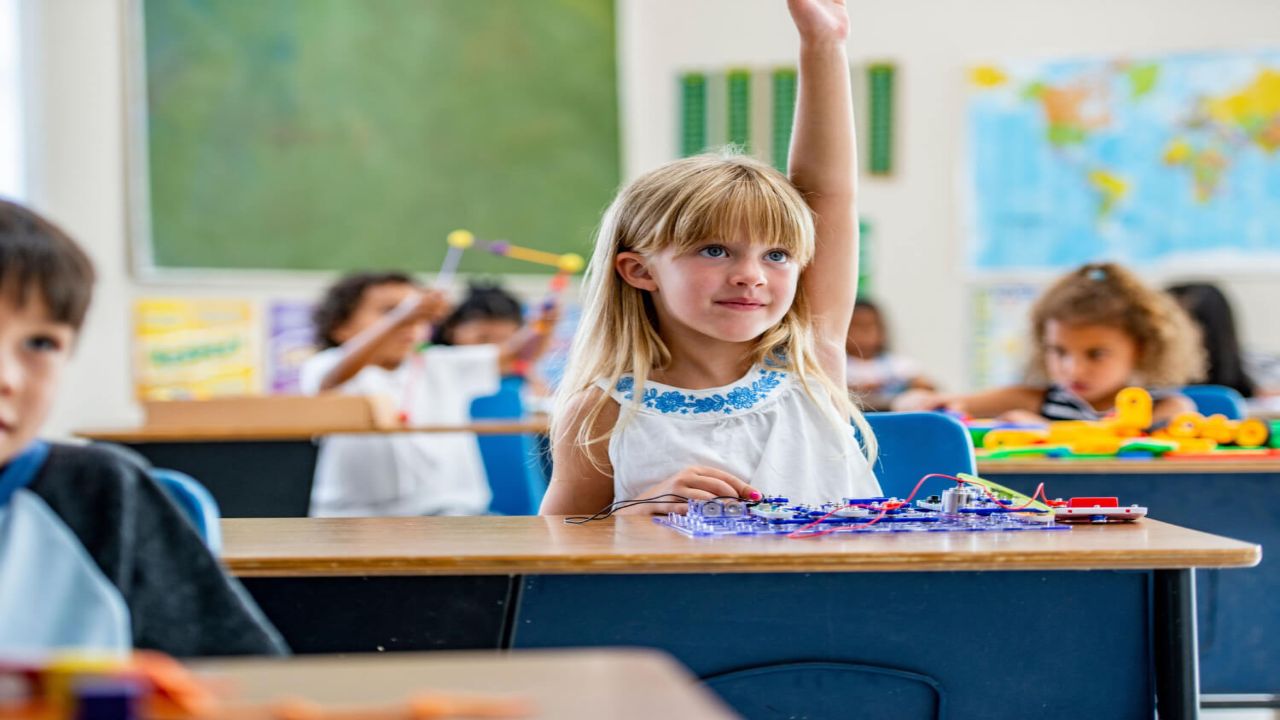In a world dominated by screens and digital devices, the value of experiential learning cannot be overstated. While textbooks and classrooms provide a solid foundation, there is something uniquely enriching about exposing your child to diverse cultures, historical landmarks, and natural wonders through travel. Here’s a guide on how to maximize the educational benefits of your family adventures.
Planning Educational Destinations

Choosing destinations with educational significance is the first step in ensuring that your child’s travel experiences contribute to their learning. Consider places that offer a blend of history, science, and cultural exposure. Museums, historical sites, and national parks can be excellent choices. For instance, a trip to Washington, D.C., provides opportunities to explore the rich history of the United States, visit world-class museums, and understand the workings of government institutions. You also can check out the top primary schools in Hong Kong if you plan to relocate to that area.
Immersing in Local Culture
To truly enrich your child’s learning, encourage them to immerse themselves in the local culture of the destination. This involves trying local cuisine, participating in cultural activities, and interacting with local residents. Whether it’s learning traditional dances, trying local crafts, or engaging in conversations with locals, these experiences can broaden your child’s understanding of different ways of life.
Documenting the Journey
Encourage your child to document their travel experiences through journals, photographs, or even a travel blog. This not only enhances their writing and communication skills but also allows them to reflect on what they’ve learned during the trip. By creating a record of their adventures, they can revisit and share their experiences, reinforcing the educational aspects of the journey.
Incorporating Educational Tours and Workshops

Many travel destinations offer educational tours and workshops specifically designed for children. Whether it’s a guided tour of a historical site, a science workshop at a museum, or a nature exploration program, these activities can provide hands-on learning experiences. Check with local tourism offices or educational institutions to find out about such opportunities at your chosen destination.
Utilizing Technology for Learning
While the goal is to disconnect from daily routines during travel, technology can be a valuable tool for enhancing learning experiences. Utilize educational apps, audiobooks, and interactive maps to supplement your child’s understanding of the places you visit. This can turn travel time into an opportunity for continued learning and exploration.
Encouraging Curiosity and Asking Questions

Foster your child’s curiosity by encouraging them to ask questions about the places they visit. Engage in discussions about the history, geography, and cultural aspects of the destination. This not only stimulates their intellectual curiosity but also develops critical thinking skills. Take the time to research and answer their questions together, turning the trip into a collaborative learning experience.
Making Learning Fun
Learning through travel doesn’t have to feel like a classroom lesson. Incorporate elements of fun and play into the educational aspects of your journey. Create scavenger hunts, play educational games related to the destination, and celebrate small milestones during the trip. Making learning enjoyable ensures that your child retains the information in a positive and lasting way.
In conclusion, travel has the power to be a transformative educational experience for your child. By choosing educational destinations, immersing in local culture, documenting the journey, incorporating educational tours, utilizing technology, encouraging curiosity, and making learning fun, you can ensure that your child’s travels contribute significantly to their holistic development and understanding of the world.